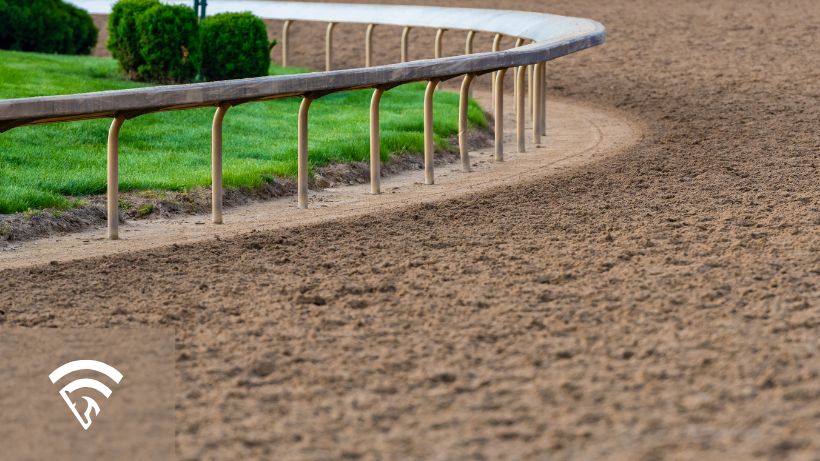What is the Rail in Horse Racing?
The rail refers to the innermost boundary of a racetrack, typically marked by a white or plastic barrier that outlines the course. It’s both a physical structure and a key concept in race positioning. Horses running along the rail are traveling the shortest distance around the track, which can be a strategic advantage, but it also comes with risks.
On every turn, a horse racing near the rail covers less ground than one racing wide. That’s why saving ground along the inside is often praised by race callers and handicappers. But the rail can also be a tough spot to escape from if a horse gets trapped behind others with no clear running room.
The Role of Post Position
Post position plays a big role in determining whether a horse is likely to end up on or near the rail. Horses breaking from inside posts are often urged to secure position early, especially in shorter races. If they don’t break cleanly, they can get shuffled back and boxed in.
In contrast, horses breaking from outside posts may have to work harder to get to the rail—or choose to stay wide to avoid traffic.
Tactical Use of the Rail
Jockeys often aim to save ground on the rail, especially on the first turn of two-turn races. But this comes with tradeoffs. A horse pinned on the inside may never find a clear path to make a run if the field doesn’t spread out.
Smart jockeys time their move carefully, waiting for an opening before asking for run. Others will swing outside before the turn if they sense the inside path is closing up.
Track Bias and the Rail
At some tracks, the rail can be a favorable path due to how the surface plays. Other times, it can be slower or deeper, putting horses at a disadvantage. This is referred to as track bias, and understanding how the rail plays at a particular venue on a given day is an advanced but important angle in handicapping.
Rail placement can also vary slightly on turf courses. On grass, tracks sometimes move the rail outward to preserve the inner part of the surface. This affects how far the horses run and can impact pace dynamics and positioning.
Final Thoughts
The rail is more than just a boundary, it’s a strategic element of every race. Running close to it can save ground and set a horse up for a big effort, but it can also present challenges if the trip doesn’t unfold perfectly.
Watching how horses handle the rail, and how jockeys use it, or avoid it, can give you insight that doesn’t always show up in the results chart.
Want to review how inside trips have played out recently? Visit the EquinEdge Results page and check outcomes from tracks like Fonner Park, Mahoning Valley, and Thistledown, where inside trips can play very differently from day to day.
Looking to identify which horses are saving ground and which are stuck inside?
Sign up for an EquinEdge account and use advanced tools to spot smarter angles and make more confident picks.
